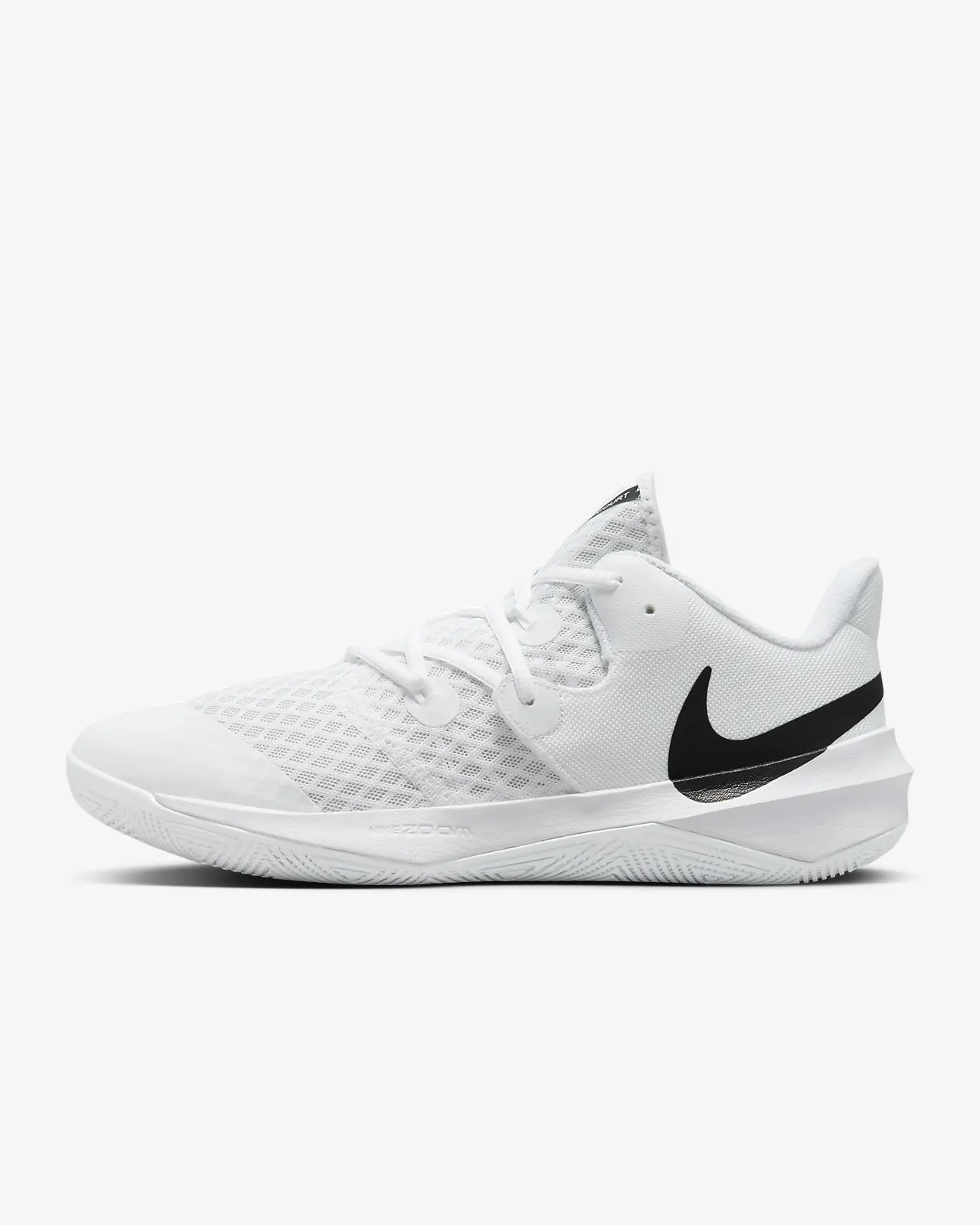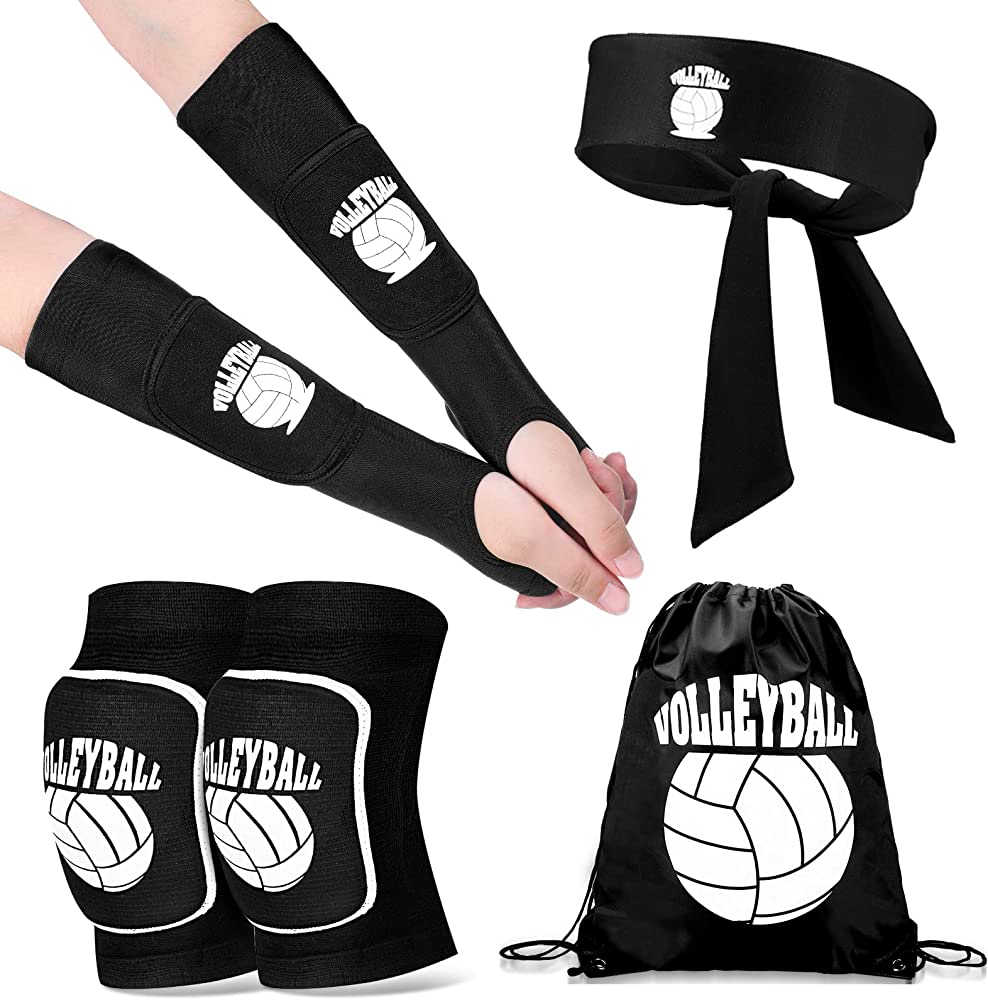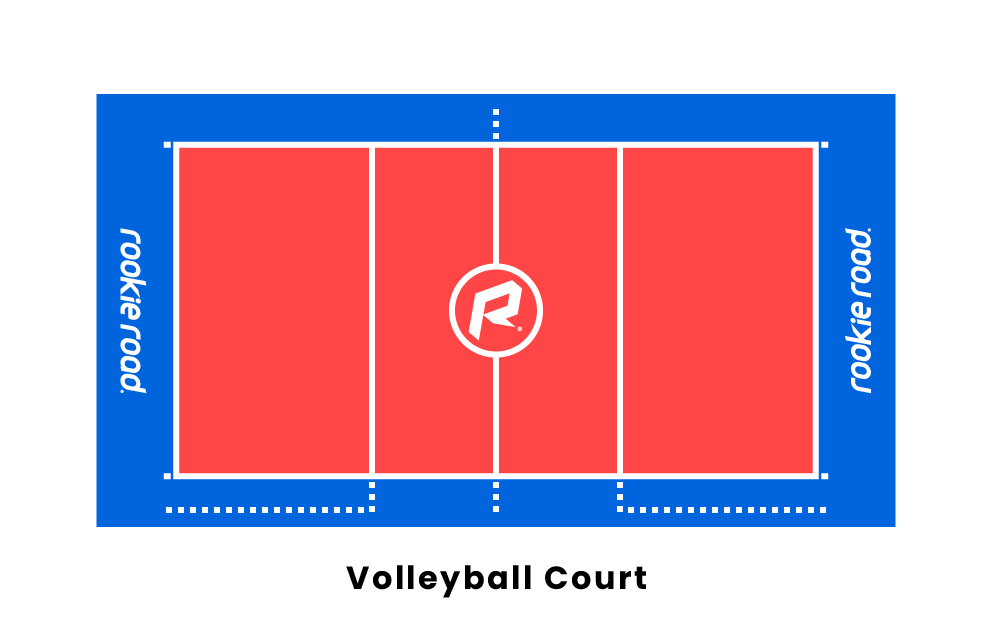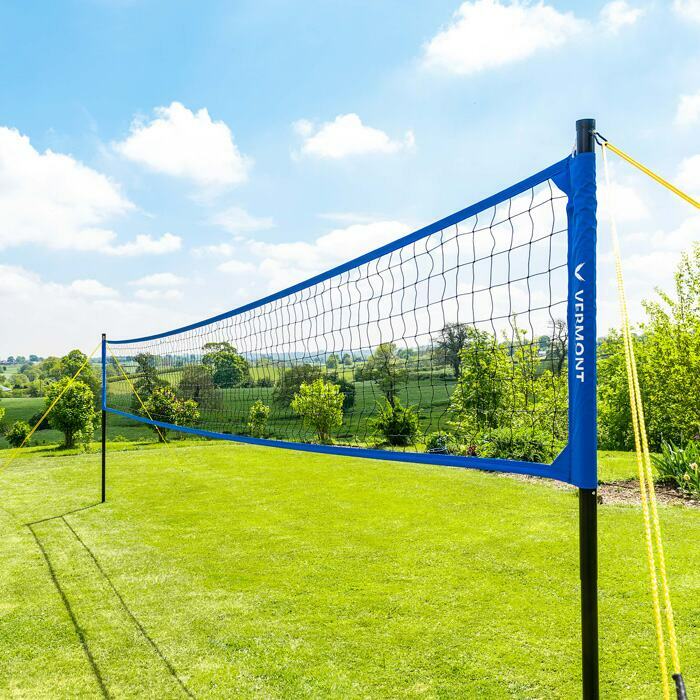Volleyball Equiment!
- Volleyball balls
Depending on whether they will be used inside or outside, volleyballs vary widely. Outdoor volleyballs are stitched together, whereas indoor volleyballs are molded together. Outdoor balls are typically composed of a composite material that is water resistant, while indoor volleyballs are typically made of leather.
- Volleyball shorts
Your volleyball shorts must be incredibly comfy and unrestrictive of movement. Your shorts should be made of super-stretchable spandex, and you might also want to seek for shorts with moisture-wicking fabric to keep you dry throughout the game.
- Volleyball t-shirts
You can wear a long sleeve sport shirt or the traditional sleeveless athletic t-shirt depending on whether you're playing indoors or outdoors and the weather at the time. Volleyball t-shirts, whether sleeved or sleeveless, typically contain a number on the front and back, as well as your team's name and logo.
- Volleyball shoes
Gum rubber makes up the sole of volleyball shoes, which are made for the lateral movements needed for the activity. While the back of the sole is more likely to be composed of mesh or nylon, the centre of the sole is typically constructed of foam. Normal tennis shoes may be adequate for casual players, but if you play volleyball more seriously, you will undoubtedly profit from donning specifically made volleyball shoes for men and women.
- Volleyball braces, sleeves and pads
The most crucial form of protection for volleyball players is knee padding. You will have to kneel to reach them because there are a lot of low balls being struck. Floor burns and bruising might happen frequently. Even while elbow pads aren't as crucial to take into account as knee pads, many players nevertheless utilize them as additional padding when diving to keep a volleyball in play. For the same reason, arm sleeves are sometimes worn.Volleyball may put a lot of pressure and strain on your body, especially around the ankles. Since ankle injuries are among the most frequent ones that can happen while playing volleyball, many players choose to wear ankle braces for further support.
- Volleyball court
A net that is positioned over the center line divides the 60 feet by 30 feet volleyball court. The service line is located at the rear of the court on either side. The assault line is in front of this, ten feet from the net on either side. The playing surface options include wood, rubber tile, grass, or sand, and the court can be either indoors or outside.
- Volleyball net and poles
A volleyball net must be 32 feet long and 39 inches high to be considered official. Men's volleyball nets will be hung eight feet in the air, while women's nets will be suspended seven feet, four inches off the ground. Poles are used to support the net. Normal volleyball net pole heights range from 10.5 feet to 16 feet. They are built to resist any stresses and tension throughout the match and are made of steel or aluminum.
- Volleyball penalty cards
There are yellow and red cards in volleyball. Yellow cards are used as a warning to players when they are doing improperly rather than as a sanction. A red card and a penalty will be issued for persistent infractions. This could result in their team dropping the point or, if they hold possession, losing the service. The player is dismissed and must leave the court for the remainder of the set if the official displays both the red and yellow cards.







 Back.
Back.







 Back.
Back.